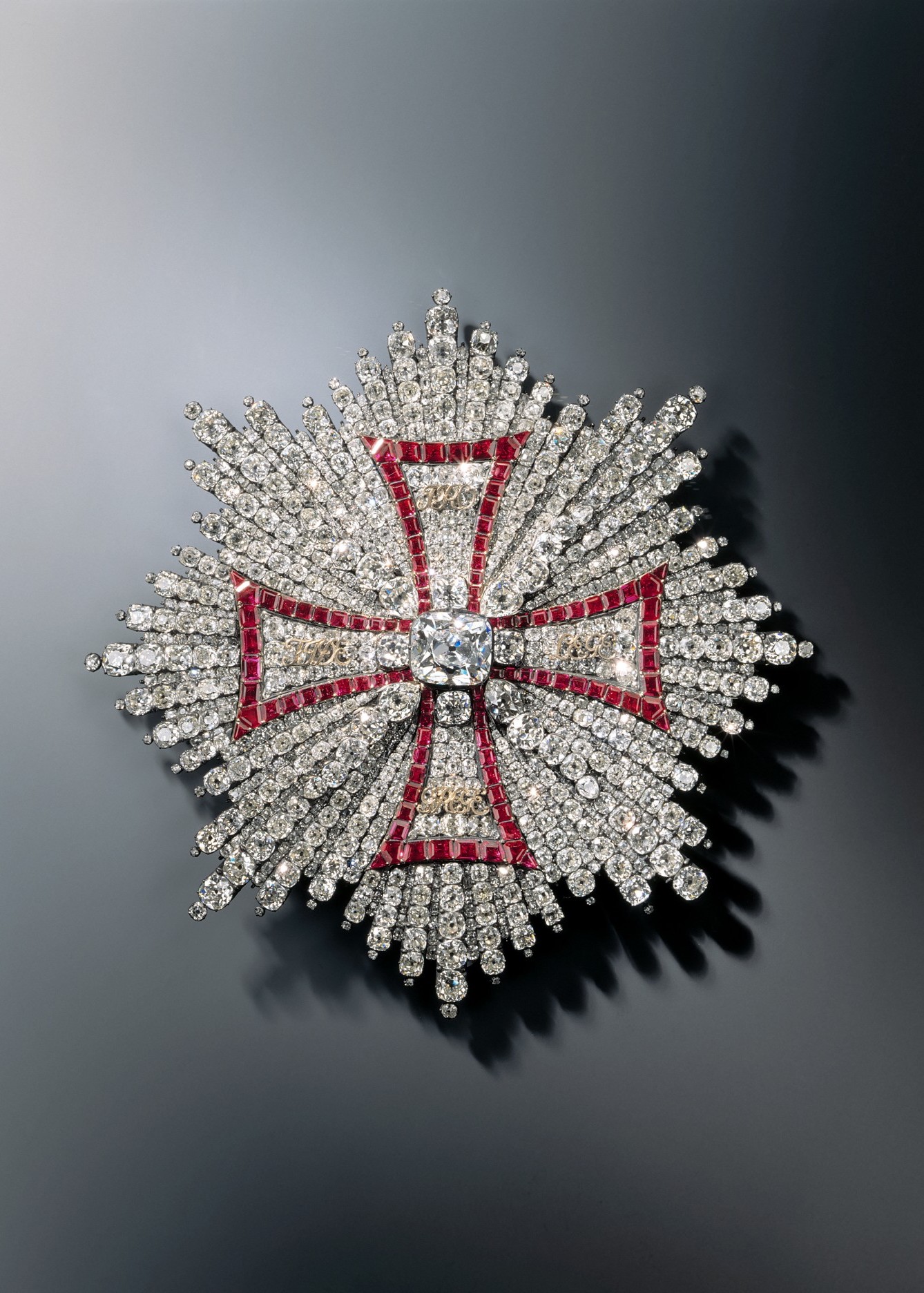
The thieves who stole priceless jewels from the Dresden Green Vault treasury at the end of last year are allegedly trying to sell some of the loot on the dark web. Investigators from an Israeli security company claim they made contact with the criminals online, but authorities in Germany say it has received no evidence of the ransom demand.
The Tel Aviv-based CGI Group claims it has been offered two sets of jewels, including the 49.84-carat Saxon White Diamond as well as a Polish Order of the White Eagle, which is encrusted with ruby and diamonds. Both were stolen in the audacious heist on November 25 at the Dresden museum. The message, which was first reported by the German newspaper Bild, offered both pieces for €9 million (around $10 million), significantly less than their estimated worth. The thieves reportedly demanded the sum be paid in Bitcoin.
The founder and chief executive of CGI group, Zvika Nave, shared a copy of emails it had received from someone going by the handle “Dark Grim Reaper,” who had cloaked their true identity through dark web channels. The message said: “Please note we will not negotiate,” and “You wont find us dont bother [sic].”
Policemen outside the Royal Palace that houses the historic Green Vault, or Gruenes Gewoelbe, in Dresden. Photo: Robert Michael/dpa/AFP/ Germany OUT via via Getty Images.
The CGI Group claimed it has been hired by the museum’s management to look into the theft. But in a twist to the tale, the Dresden State Art Collections has denied that it asked the Israeli security firm to investigate the crime. The museum authority made the announcement in a joint statement with the Dresden public prosecutor, and the Dresden police department.
CGI maintains it immediately communicated all the information it has received to the Dresden prosecutor’s office but the Dresden authorities refute the claim. “The company has not forwarded any findings to the Dresden public prosecutor’s office or the police,” says the joint statement. “The investigating authorities have no evidence that jewelry stolen from the Green Vault was offered for sale,” it continues.
Zvika Nave tells Artnet News that he and CGI’s president, Jacob Perry, were “surprised” that the Dresden authorities had not received their information. The communication shared by CGI with Artnet News shows that they tried to telephone, as well as forward on the communication to the public prosecutor’s press officer, Juergen Schmidt, on January 6, but received an out of office response. Artnet News reached out to Schmidt for comment but did not immediately hear back.
Nave says a “large and well-known law firm in Europe” hired his company, and that he had assumed they were doing so in accordance with the insurance policy on the jewels. This is despite the fact that the Green Vault jewels were not insured because the premiums were too high.
The jewels were stolen in the spectacular heist, during which around four thieves made off with 11 complete jewelry sets as well as some partial sets estimated by German media to be worth a combined €1 billion. Among the missing pieces are more than 100 individual diamond and pearl items, as well as magnificent sets of rose-cut and brilliant-cut diamonds, and a diamond-encrusted rapier.
Within the space of a few minutes, and under cover of darkness thanks to a power outage, two thieves and two accomplices cut the bars to a ground floor window, entered the museum, and smashed glass vitrines to grab the jewels. Authorities suspect gang involvement, and have offered $550,000 million reward for information leading to an arrest or the recovery of the jewels.